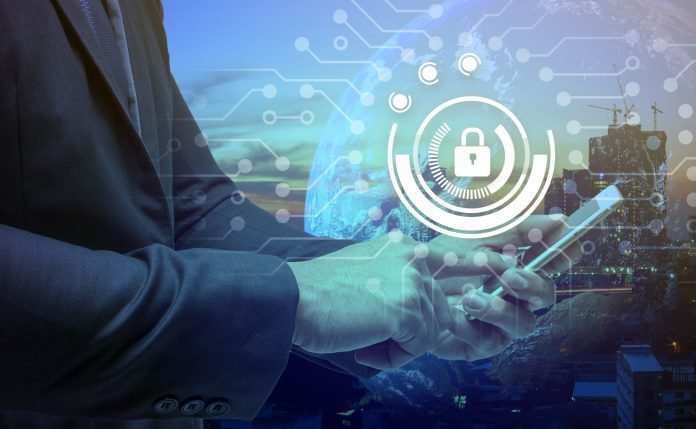
Last Updated on July 11, 2024 by Asfa Rasheed
According to one survey, 75% of children would share personal information online in exchange for some goods or services. Whether you or your child is using the internet, you need to make sure that you practice online safety tips. But what things should you be doing? Keep reading for the best web browsing safety tips!
Table of Contents
1. Turn Privacy Settings On
First, make sure that you have all of your privacy settings on to avoid sharing all of your data with marketers and scammers. Just browsing the internet and using social media will tell people a lot about you.
Now, most browsers or social media offer different settings to help you protect your privacy, but they can be difficult to find. Do some research about how to turn them on for each account you have and then keep them enabled.
After you’ve turned on your privacy settings, research how to clear out cookies on Mac.
2. Create Strong Passwords
Having a strong password will also protect your accounts from being hacked. You should never use the same password for anything.
If you reuse your password for something, then when your data is leaked, the hacker then has information to all of your accounts.
If you don’t want to deal with remembering a password for every single account, try getting a secure password manager for all of your accounts.
You can also check to see if your accounts let you use multi-factor authentication. That way, even if a hacker has your password, they’ll still need another key to open the lock. Often, this includes entering a code that got sent to your phone or email.
3. Be Aware of Links You Click On
While you’re browsing, make sure that you be careful of what you click on. Some links just outwardly look suspicious, like clickbait, online quizzes, or unsolicited ads.
It’s pretty easy to spot them; they’re all trying to urge you to click on them. For example, you might get a popup telling you that your computer has been exposed and to fix the issue there. But this is likely a virus.
You should also make sure that you check the websites that you visit as well. Double-check that the text and all the links are on the same subject. For example, if you are on a website about pianos, there might be a link to how someone lost so much weight in one week!
This is likely clickbait or a virus as well.
If you’re going to sign up for a website, make sure that it’s reliable. You can do this by looking at the address line. Your browser should put a padlock at the beginning of the URL. This means that your connection is encrypted and safe.
You should also just have a general feeling about the website. Is it clean and put together? Does it feel organic and legit? If it’s not, you should leave as soon as possible.
4. Use Social Media Carefully
While most social media accounts require someone to be over thirteen to sign up to use, many children still sign up anyways.
If your children have accounts, make sure that they have all of the privacy settings enabled. Then go onto your account and make sure that you have the same settings applied.
Even if you have these on, you should still consider what you want to post online. What might seem like a harmless family vacation photo can tell people that you won’t be at your home for another two weeks, leaving you open to attack.
You should never actually post where you are, and try to turn off geo-tagging if you do post something.
5. Use a VPN
Another way to protect your accounts is to use a Virtual Private Network (VPN). This will take your IP address and locate it somewhere else.
This makes it harder for people to hack in and see what you’re doing. You’ll be operating in a secret tunnel that is only visible to you. It will also ensure that you can have an encrypted place to type in personal information, like your login credentials to your bank.
If you’re going to be working on a public WiFi network, make sure that you always have your VPN turned on. Public WiFI networks make it very easy to hack into.
6. Shop On Secure Sites
When you’re online shopping, make sure that you only shop on secure websites. And even if it is a secure website, you still shouldn’t enter your credit card information on that website.
Instead, use a third-party app like PayPal to give you an extra layer of protection. Some credit cards also let you use a fake credit card number to enter into a website.
7. Use Firewalls
Lastly, use firewalls even if your network connection says it’s secure.
This firewall acts as an invisible, electronic barrier that will prevent unauthorized users and software from accessing your computer and its software.
You should install a firewall on all devices that are going to be connected to your Network.
Discover More Tips for Online Safety
These are only a few of the best tips for online safety, but there are many more of them out there!
We know that keeping up with the latest technology can be overwhelming, but we’re here to help you out.
If you enjoyed this article, make sure that you explore our website to find more articles just like this one.
Apart from that, if you are interested to know about Kids Safety Online then visit our Technology category.


























